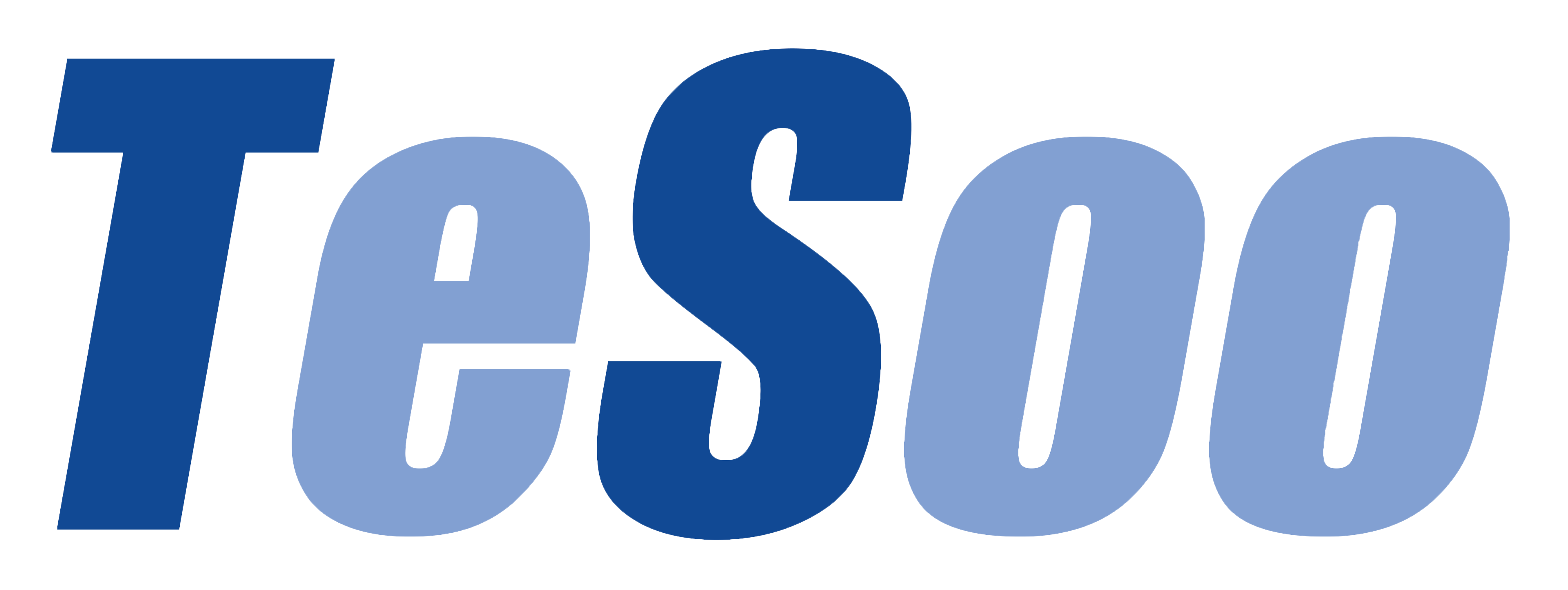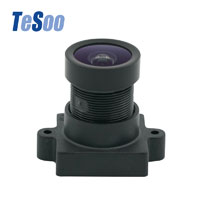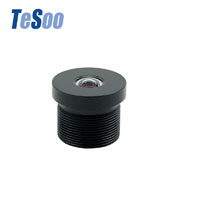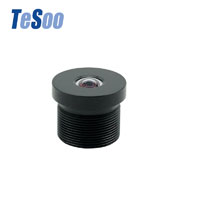Development Status and Prospect Analysis of Vehicle Lens Industry
1. An overview of the vehicle lens
The lens is composed of multiple lenses, that is, the spacer and the lens are loaded into the lens barrel in sequence, the spacer and the side wall of the lens barrel are fixed by dispensing. The last lens is fixed with glue or a pressure ring to complete the lens assembly. Optical lenses are extremely precise devices, because the design and production of optical lenses and the optical design and assembly of lens groups are relatively difficult. Thus, vehicle lens companies need to have long-term technical accumulation and talent reserves.
Because it needs to be exposed to harsh environments for a long time (strong light, sand, rain, mud, etc.), the performance requirements of the vehicle lens are extremely high, and it needs to meet a series of reliability test requirements: high and low temperature impact test, corrosion resistance test, resistance Vibration test, IPX9K waterproof level requirements, salt spray resistance test, wiping resistance test, ultraviolet irradiation test, etc., so there are higher requirements for the structural design and raw material selection of the vehicle lens.
2. Status of the global automotive lens industry
With the advantages of low cost and the ability to recognize the shape of objects, the vehicle lens is currently one of the first choice sensors for car companies to implement the ADAS perception layer. In order to cope with complex application scenarios and realize most or even all ADAS functions, each car generally needs to be equipped with more than 8 optical lenses. The on-board lens has gradually become one of the most used sensors in the process of automobile intelligence, and will usher in a market explosion. And directly drive the outbreak of the vehicle lens market.
The shipment volume of automotive lens sets increased from 45.234 million pieces in 2014 to 74.143 million pieces in 2016, with a compound growth rate of 28%. Affected by the new crown pneumonia epidemic, the global vehicle lens shipments will decline in 2020, and the global vehicle lens shipments will reach 110 million in 2020.
In addition to meeting the IATF 1694913 quality system standards, automotive camera lens manufacturers also need to constantly innovate their product lines and launch products that can meet market demands in terms of cost and performance. At present, the automotive lens market is still dominated by Japanese and American optical manufacturers.
3. Development prospects of vehicle lens industry
The automotive camera industry chain includes core hardware, module packaging and system integration, software algorithms and solutions. Referring to the smartphone industry, the cost of CIS chips accounts for 50% of the cost of optical modules, and the cost of lenses accounts for 20%. It is estimated that the market size of vehicle camera modules will exceed 160 billion yuan in 2025.
With the rise of new car-making forces, the relationship between traditional OEMs and Tier 1 may gradually blur. At the same time, with the increase in camera pixels and the increase in the difficulty of module assembly, it is expected that in the future, vehicle lens manufacturers are expected to gain some module share.
Popular Camera Lens
Hot Camera Lens Articles

 English
English 

